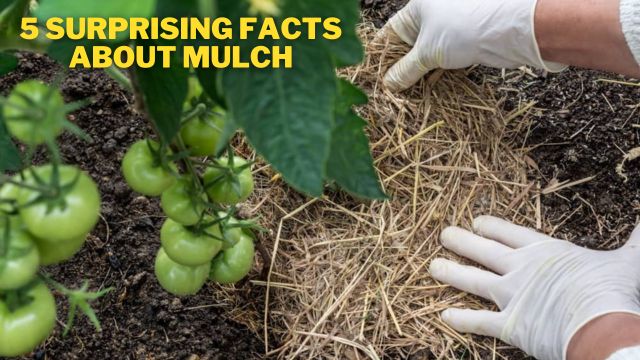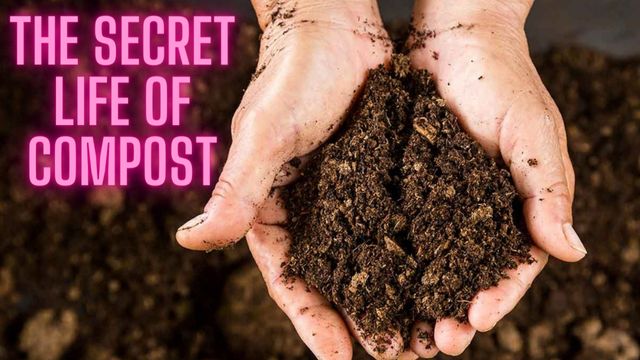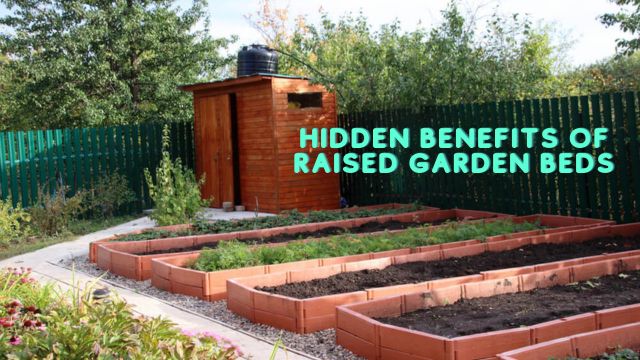In the lush corners of every gardener’s yard, mulch plays a quiet, yet critical role in the health and beauty of gardens. Known for its ability to retain soil moisture, suppress weeds, and regulate soil temperature, mulch is a gardener’s best friend. However, there are a few aspects of mulching that aren’t widely discussed. Here at Tiny Acre Oasis, we’re diving deep into the lesser-known benefits and precautions of using mulch.
1. Mulch Beyond Wood Bark While wood bark is a popular mulch choice, numerous other materials can be equally effective. Options range from straw and leaves to more permanent solutions like gravel. Each type of mulch brings its own benefits to the garden, from enhancing soil nutrition to providing long-lasting coverage. For instance, organic mulches like straw decompose to enrich the soil, whereas gravel offers a durable, low-maintenance option that doesn’t need frequent replacement.
2. The Fire Factor Choosing the right mulch is crucial in regions prone to wildfires. Organic mulches can be highly flammable, especially finely shredded types or those made from pine needles. For safety near homes and other structures, consider inorganic mulches like gravel or decomposed granite, which do not catch fire and provide excellent weed suppression and moisture retention.
3. Watch Out for Toxic Mulch Not all mulches are created equal, especially when it comes to their impact on pets and the broader environment. Cocoa bean mulch, for example, emits a delightful chocolate scent but is toxic to dogs. Rubber mulch, while durable, can leach harmful chemicals that affect soil health and plant growth. Always research mulch types before applying them to ensure they are safe for your entire garden ecosystem.
4. Refresh Your Mulch Regularly Mulch decomposes, settles, and may wash away over time, necessitating periodic top-ups. Every spring and fall, inspect your garden to assess whether the mulch is still effectively covering the soil. Adding a fresh layer can prevent weed growth and keep your garden looking neat and well-maintained. Opt for bulk delivery to avoid the excessive use of plastic bags and save money.
5. Correct Mulch Application Proper mulch application can mean the difference between a thriving garden and one susceptible to pests and diseases. Apply a 2-4 inch layer of mulch, but make sure not to pile it against plant stems or tree trunks, which can lead to rot. Known as “mulch volcanoes,” these piles can harm your plants more than help. Also, consider laying a weed barrier beneath the mulch in larger areas to prevent weeds from poking through.
Conclusion Mulch is an indispensable tool for any gardener, but knowing these less-discussed tips can enhance its benefits while avoiding potential pitfalls. At Tiny Acre Oasis, we’re all about making the most of every gardening opportunity, ensuring that you can enjoy a vibrant, healthy outdoor space. Whether you’re a seasoned green thumb or a gardening novice, understanding the full spectrum of mulching can make a significant difference in your gardening success.




